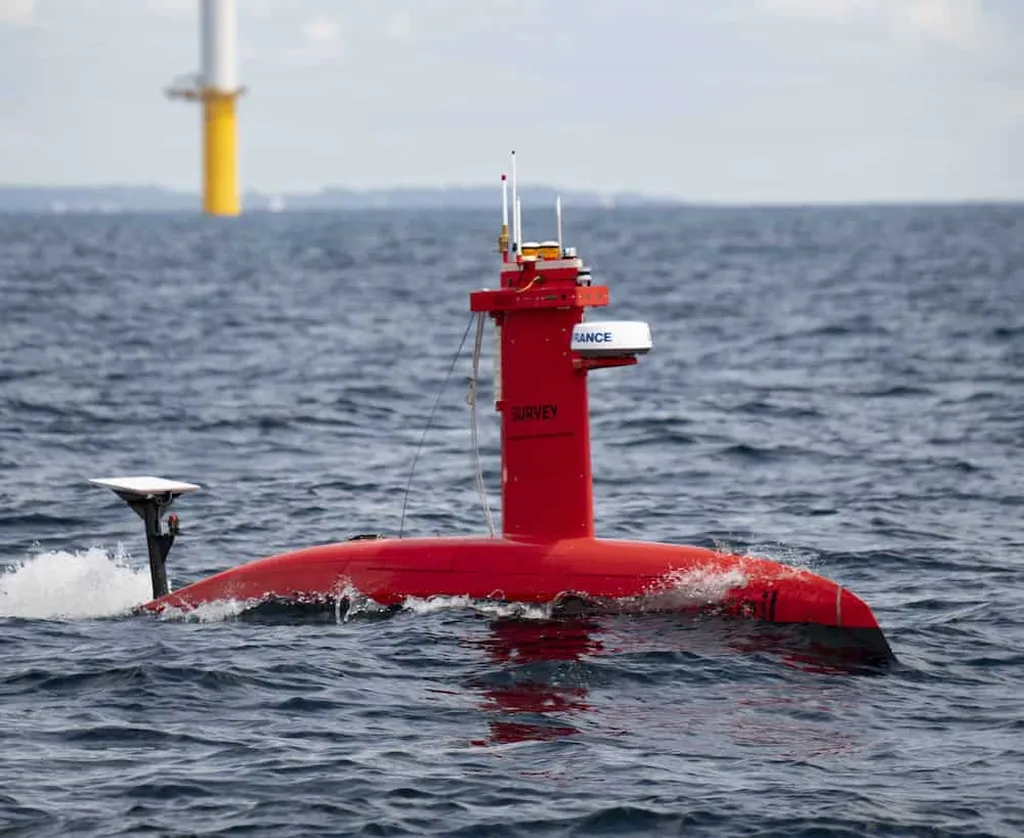Exail and Thesta have just delivered a game-changer to Poland’s maritime sector: the first commercial deployment of the DriX H-8 Uncrewed Surface Vessel (USV) to Orlen Petrobaltic. This isn’t just another vessel launch—it’s a milestone in autonomous offshore operations, and it’s shaking up how we think about safety, efficiency, and data collection in challenging waters.
The DriX H-8 is no ordinary USV. It’s built for endurance, designed to brave harsh offshore conditions while delivering high-quality hydrographic and geophysical data. For Orlen Petrobaltic, this means safer, more efficient support for its offshore platform activities in the Baltic Sea. No crew? No problem. The DriX H-8’s autonomous capabilities mean it can operate where traditional crewed vessels face risks, reducing exposure to hazards and cutting operational costs.
But here’s where it gets even more interesting. Orlen Petrobaltic isn’t just deploying the DriX H-8—it’s pushing the boundaries of what it can do. For this project, the USV will be equipped with a Norbit B51S multibeam echosounder (MBES), a first for the platform. This isn’t just about having a new tool; it’s about redefining what’s possible. The Norbit B51S MBES integration means Orlen Petrobaltic can now collect hydrographic survey data with unprecedented precision, even in the Baltic Sea’s demanding conditions.
The DriX H-8’s ability to operate autonomously in these waters is a testament to its robustness. It’s not just about avoiding crewed risks—it’s about unlocking data that might otherwise go uncollected. The Baltic Sea’s shallow depths, variable currents, and environmental sensitivity make it a tough environment for traditional surveys. But the DriX H-8, with its advanced sensors and autonomous navigation, can operate with a level of precision and persistence that crewed vessels can’t match.
This deployment isn’t just a win for Orlen Petrobaltic—it’s a signal to the broader maritime industry. The success of the DriX H-8 in Poland could accelerate the adoption of USVs in other challenging environments. If a USV can handle the Baltic Sea, what’s next? The Arctic? The deep ocean? The possibilities are vast, and the implications are clear: autonomous vessels are no longer the future—they’re here, and they’re transforming how we approach offshore operations.
For Exail and Thesta, this deployment is a validation of their technology. The DriX H-8 has proven itself in military and research applications, but its commercial success in Poland could open the floodgates for wider industry adoption. And for Orlen Petrobaltic, this is just the beginning. The data collected by the DriX H-8 won’t just support current operations—it will inform future strategies, from platform maintenance to environmental monitoring.
The maritime industry has long been cautious about autonomy, but the DriX H-8’s deployment in Poland is a turning point. It’s not just about replacing crewed vessels—it’s about enhancing capabilities, improving safety, and unlocking new efficiencies. The question now isn’t whether autonomous vessels will take over—it’s how quickly the rest of the industry will catch up.

